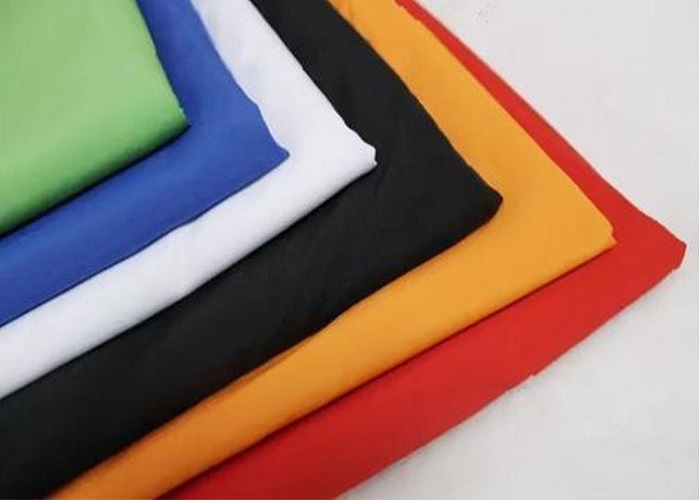Dry spinning is the most traditional and common way of producing spandex. However, one of the major drawbacks of this method is the heavy investment required in construction of a commercial-scale production plant of, for example, 3000 to 5000 tons per year. At a 40-denier average, the overall investment is in the range of US$ 40 million to US$ 50 million which is quite high. Moreover, dry spinning also involves dealing with a toxic solvent recovery process and, in the dry process, the solvent remain in the final yarn. In the melt spinning method, no solvent is involved.

Melt Spinning: A competitive New Process
The melt-spinning process used for production of synthetic fibers such as polyamides, polyester and others is a well-established and long-existing technology in the industry.
In recent years, very low-cost
melt-spinning equipment has been developed and is offered today in Asia for a
price that is 20% of that of a dry plant of equivalent production capacity.
This new process attracted many newcomers into the spandex production field.
In addition, recent developments brought more adequate TPU polymers and the
introduction of pre-polymer into the melt stream of TPU to improve the elastic
characteristics of the produced yarns. All these developments have further
pushed this process forward.
For the above reasons, a lot of attention has been given to equipment, raw
materials and technology to further improve the melt-spinning process for
spandex.
Contact: Lily Xu
Phone: +86 15806225887
Tel: +86-0512-53660809
Email: infssx@jwell.cn
Add: No 18, Dongan Road, Taicang, Suzhou city, Jiangsu Province, China, 215400
We chat
